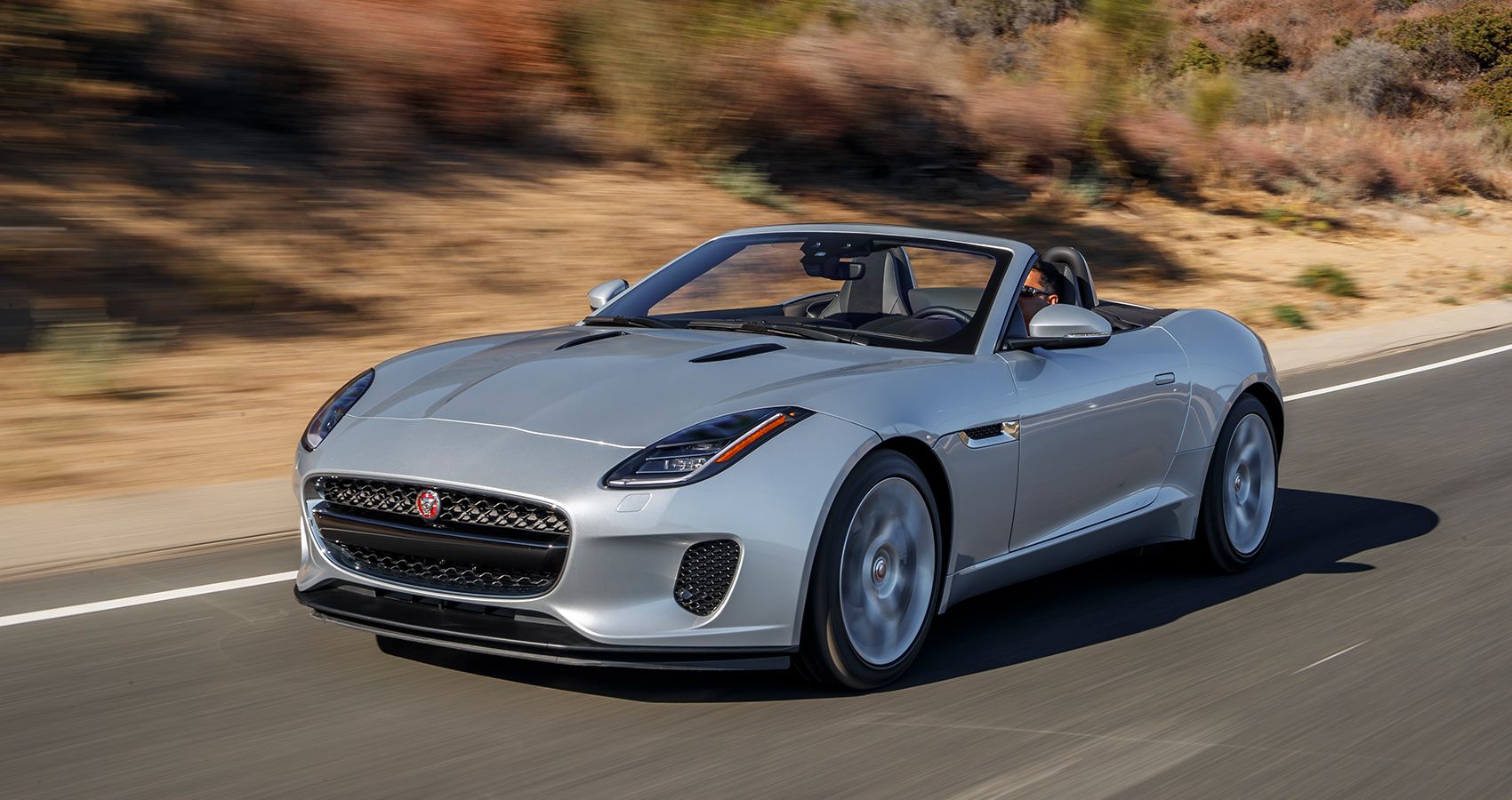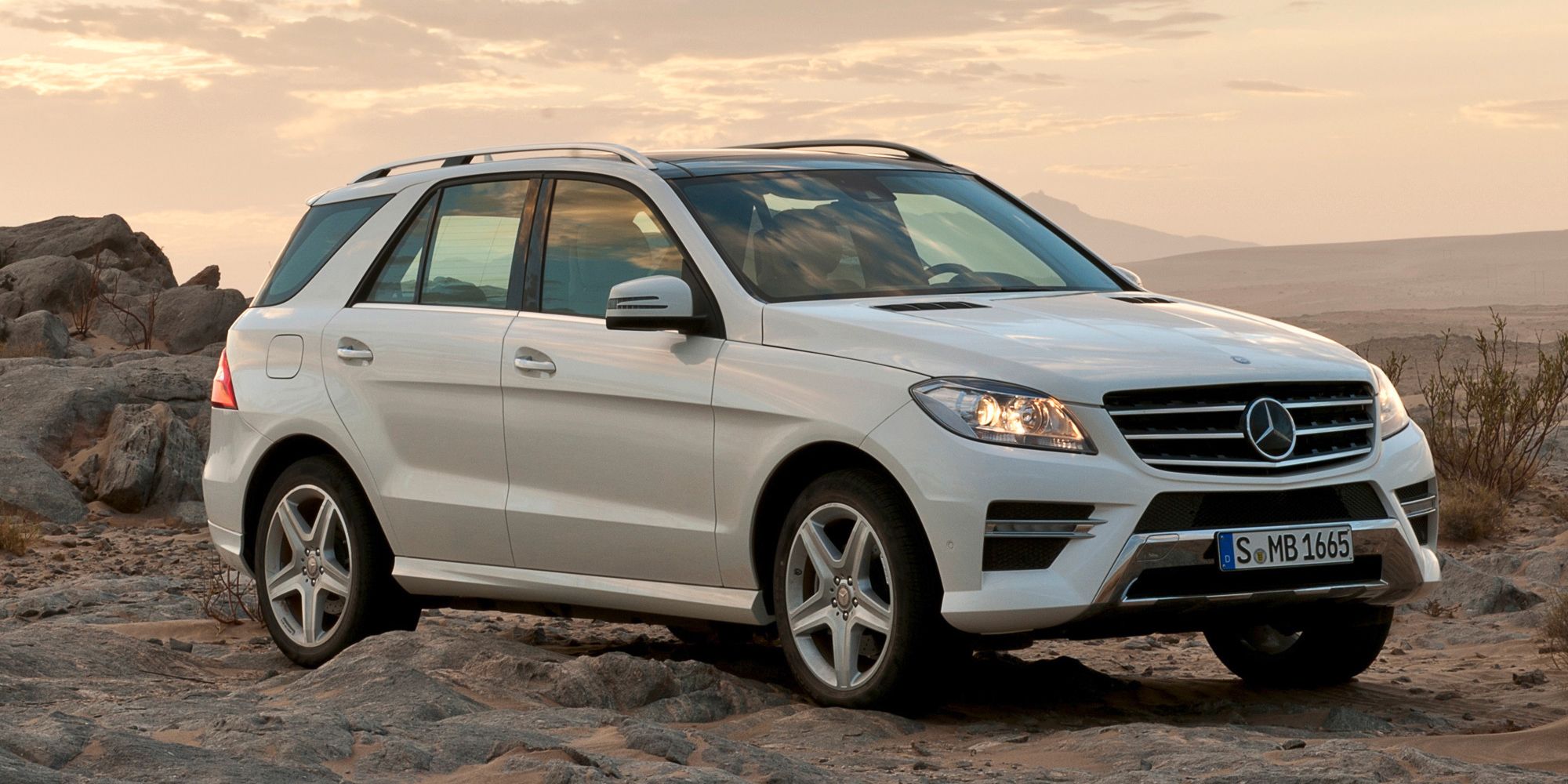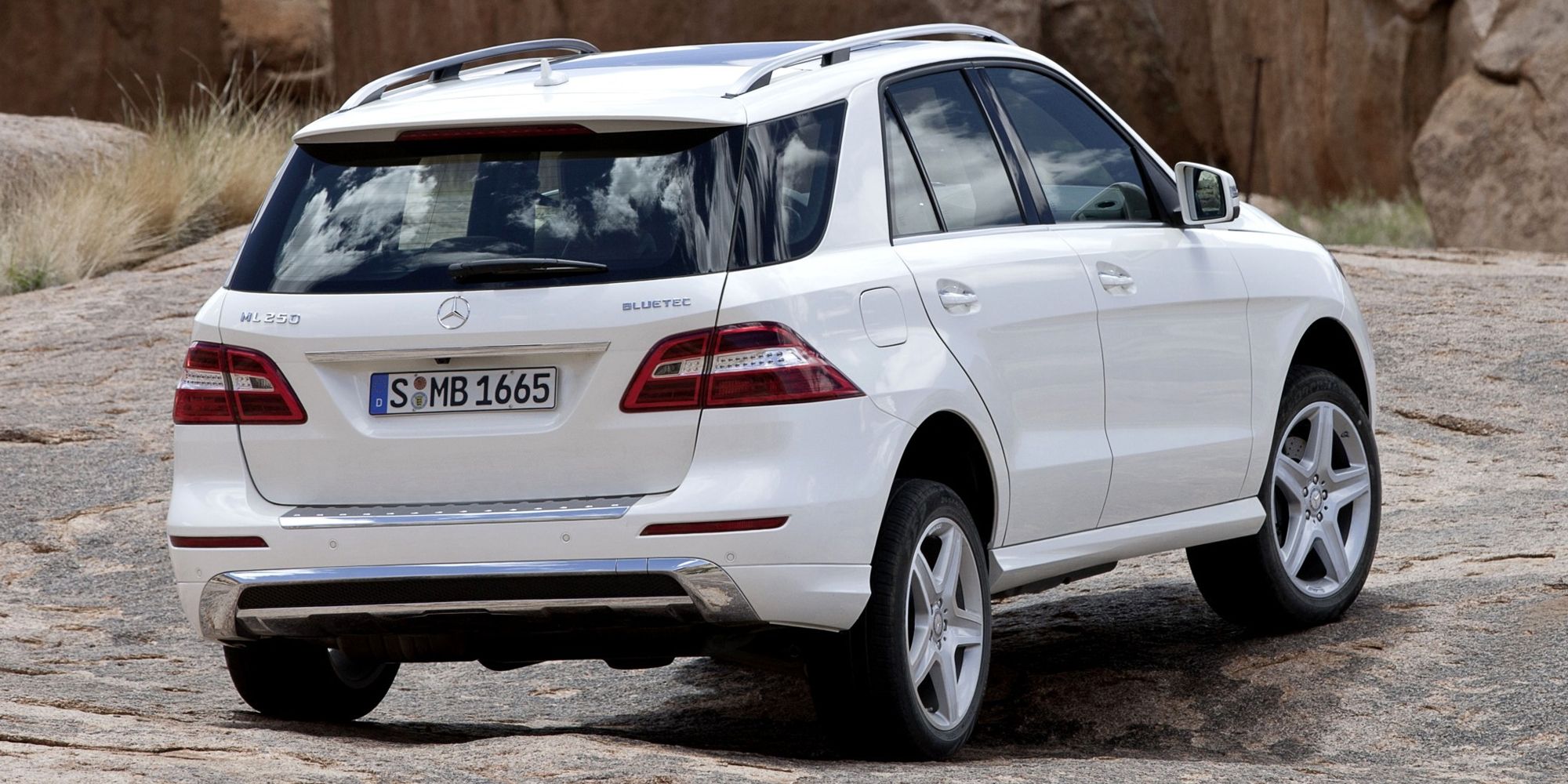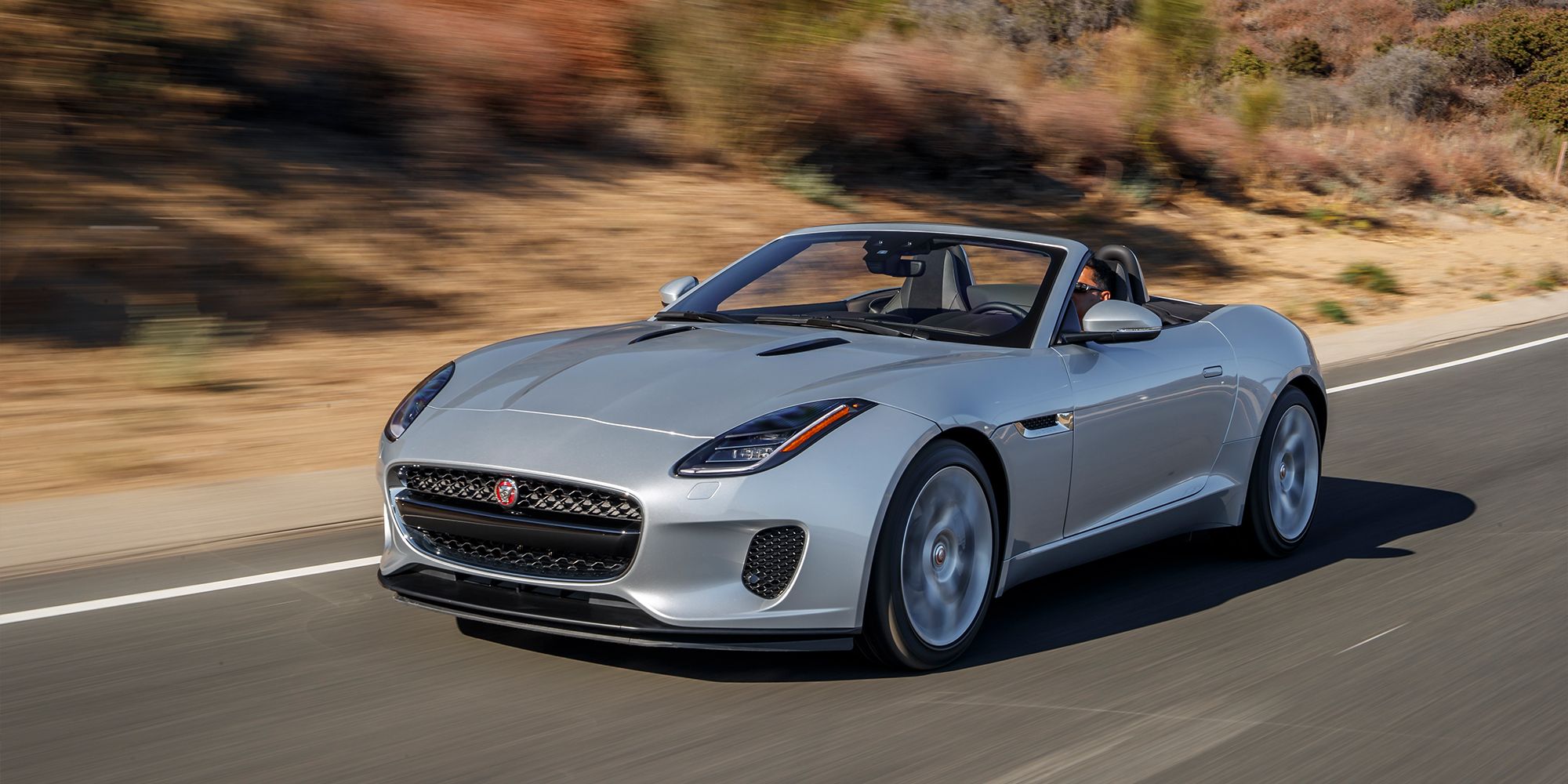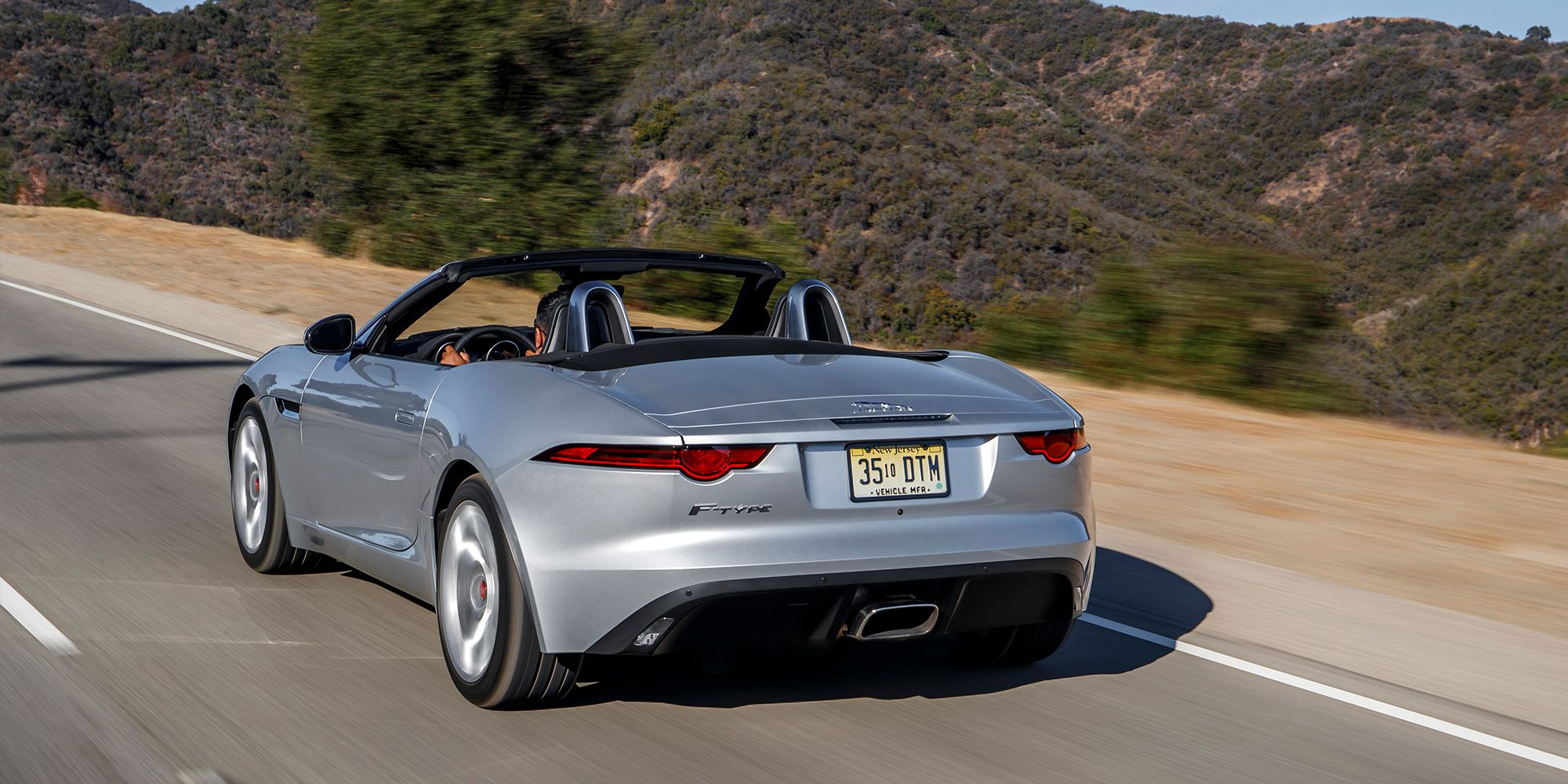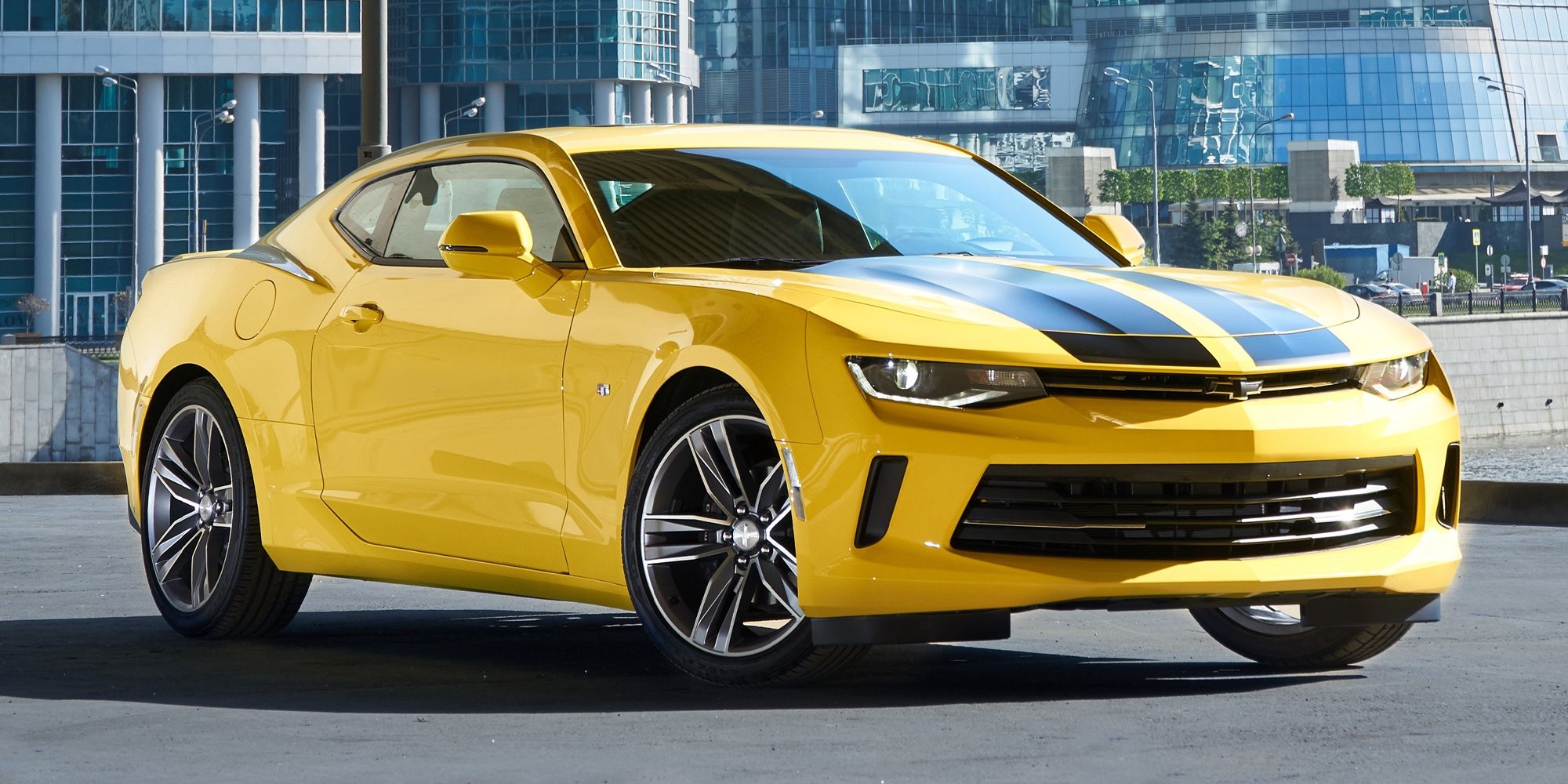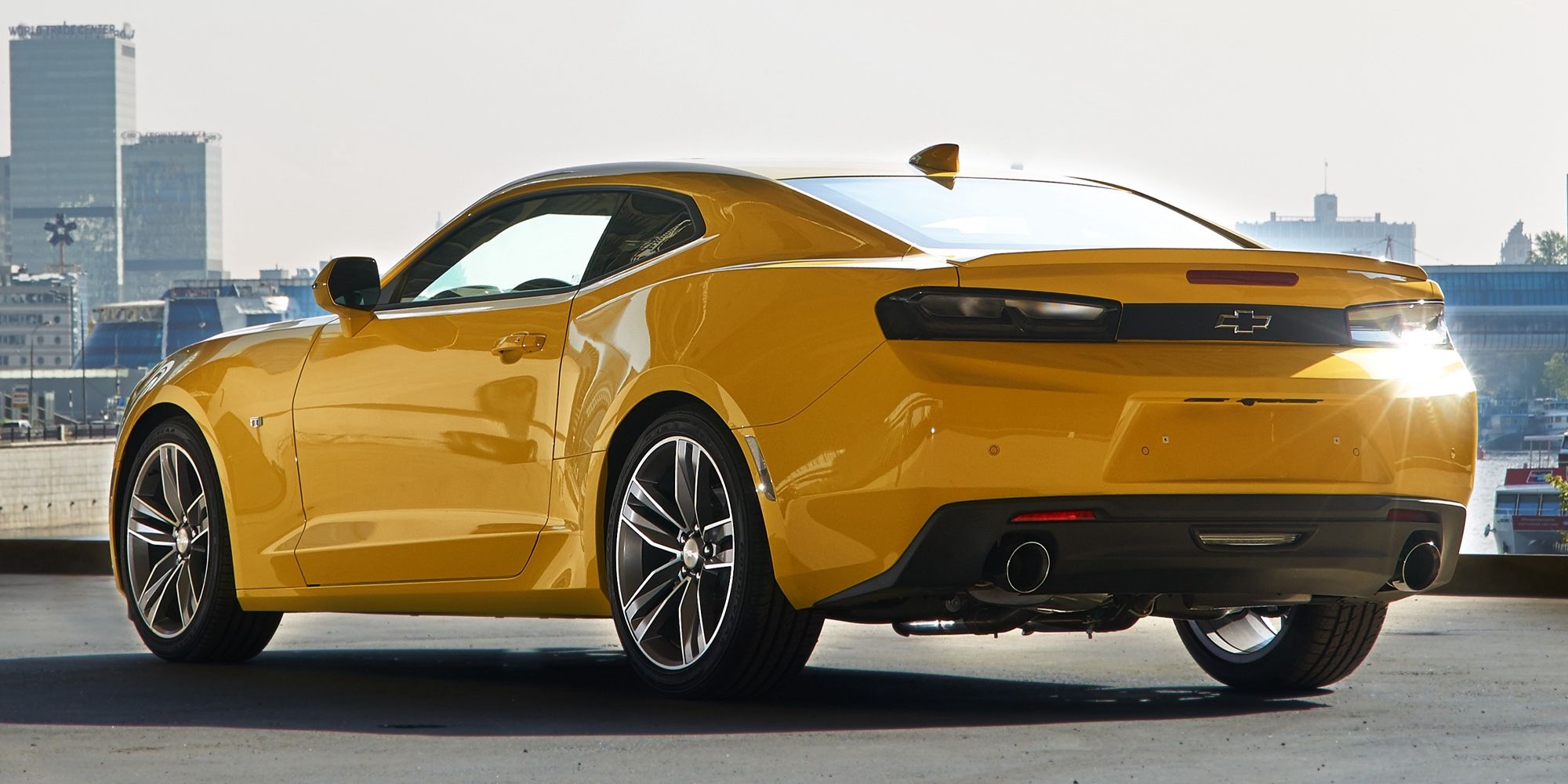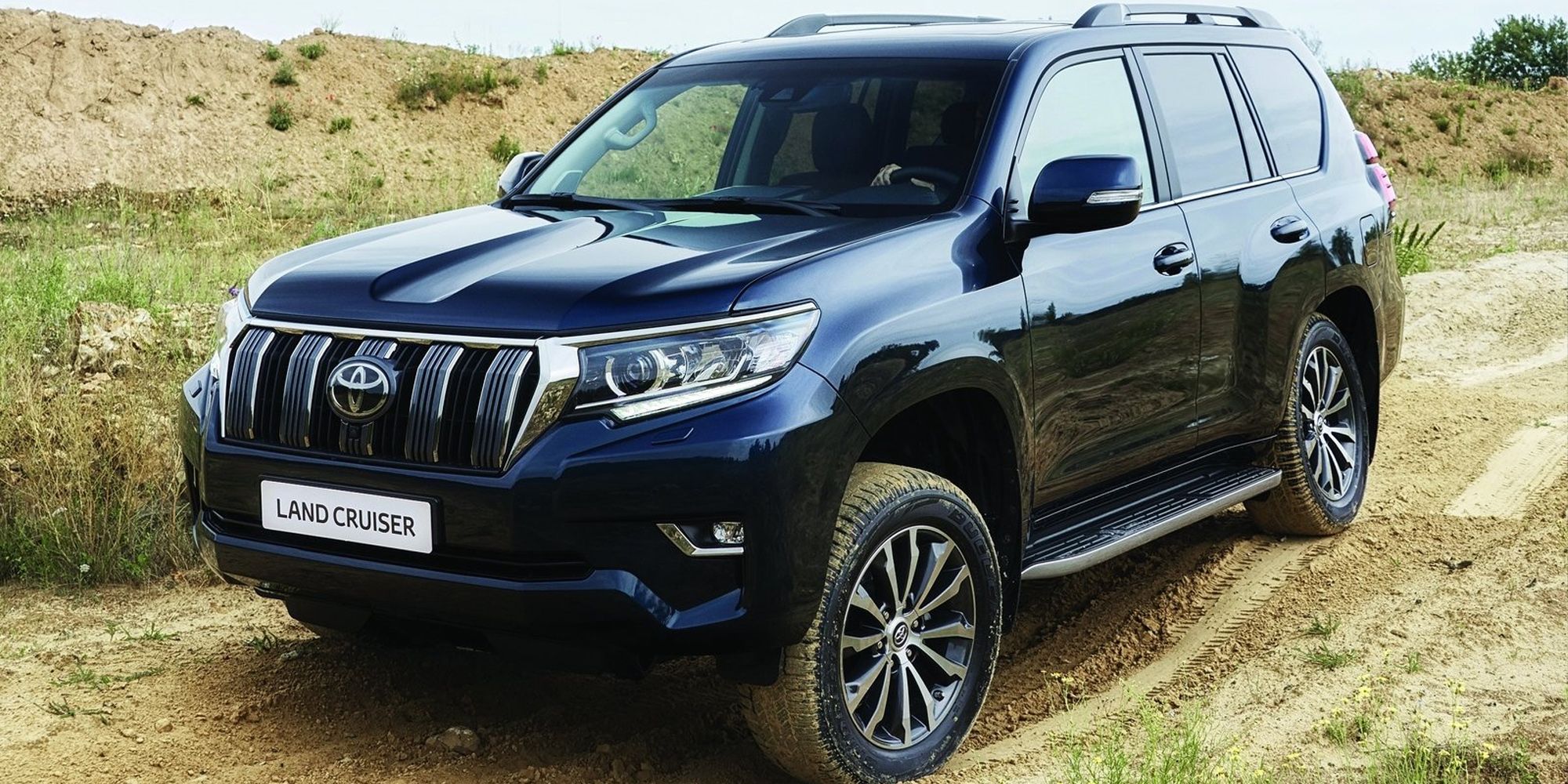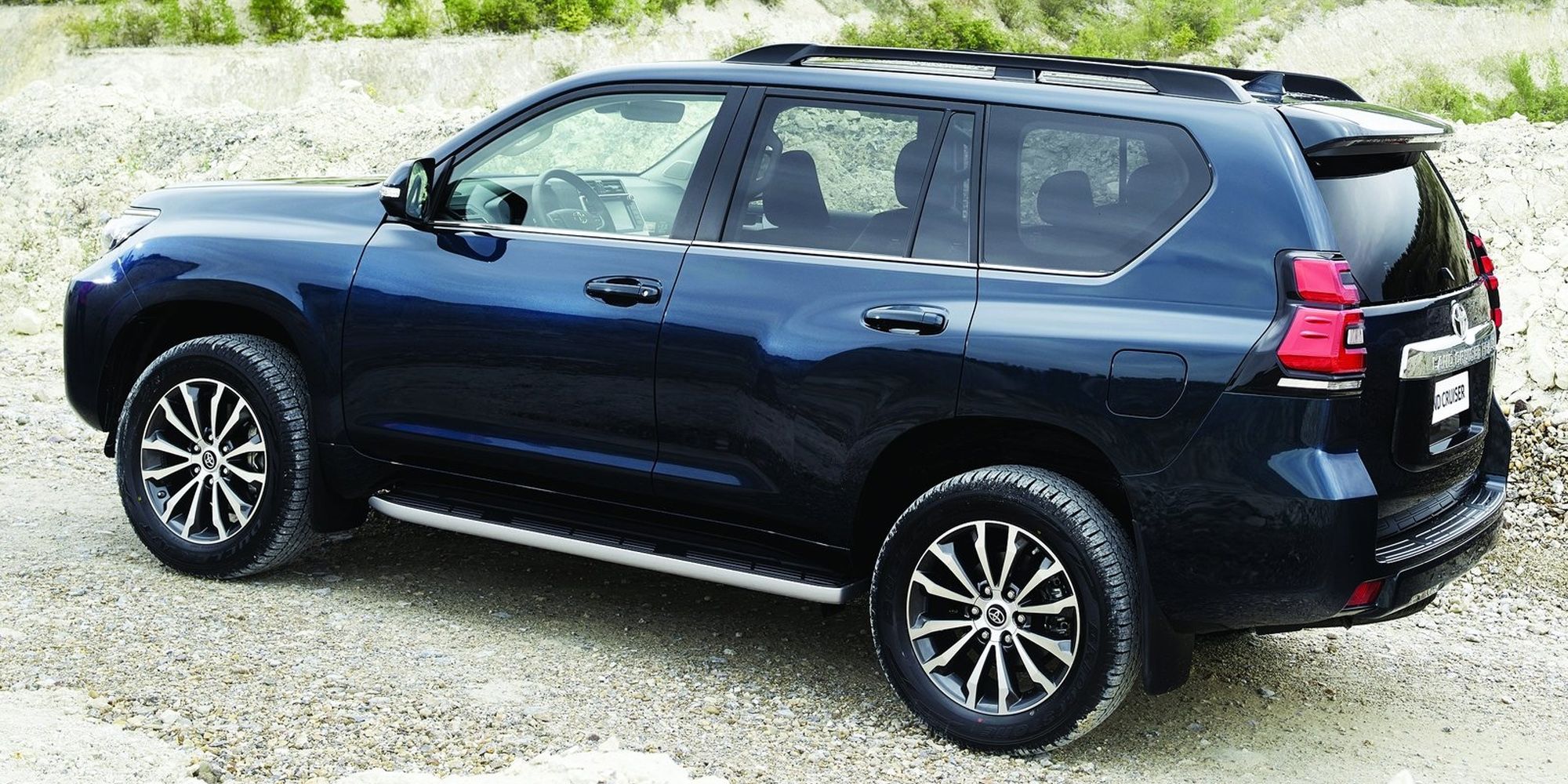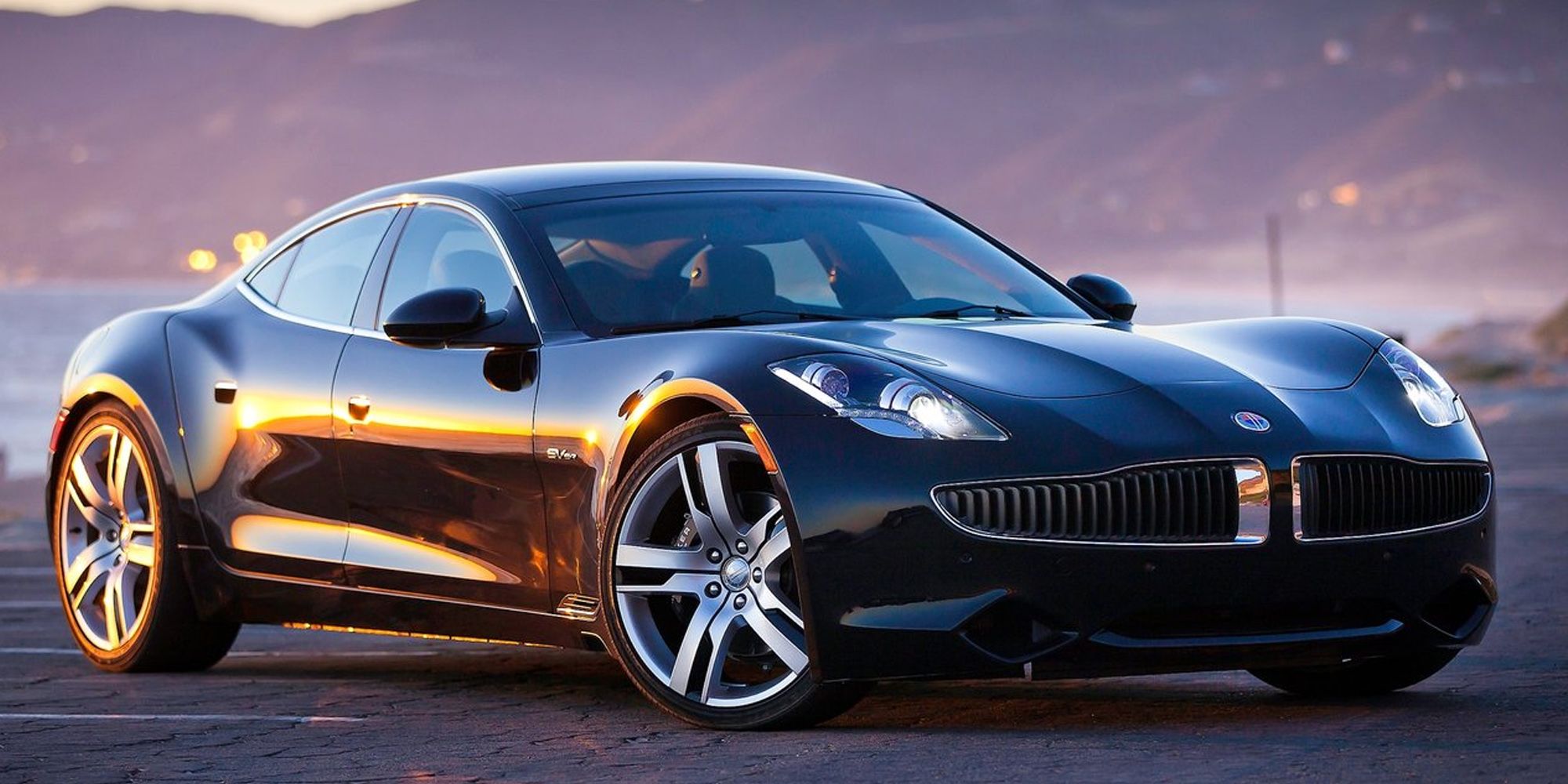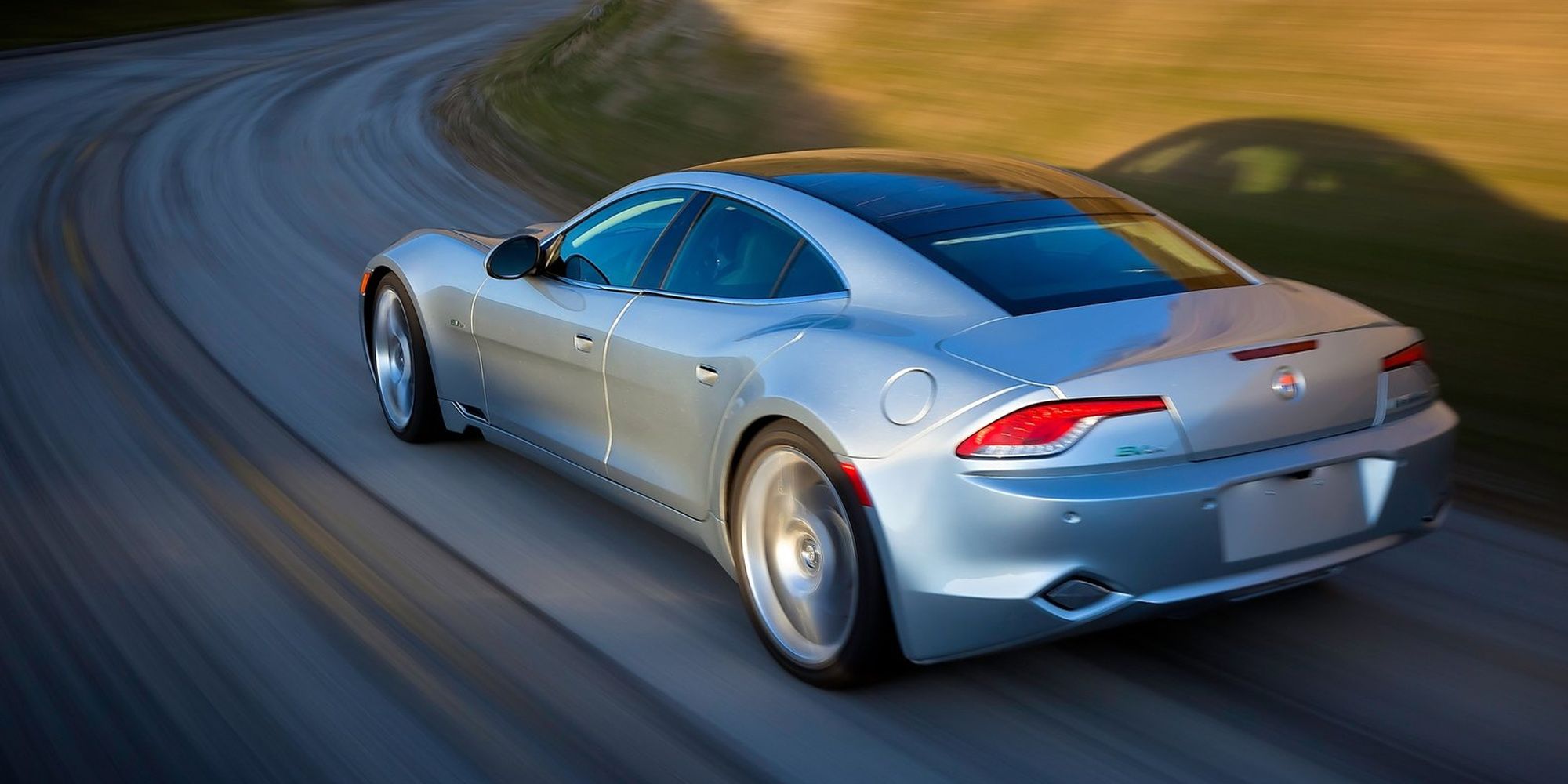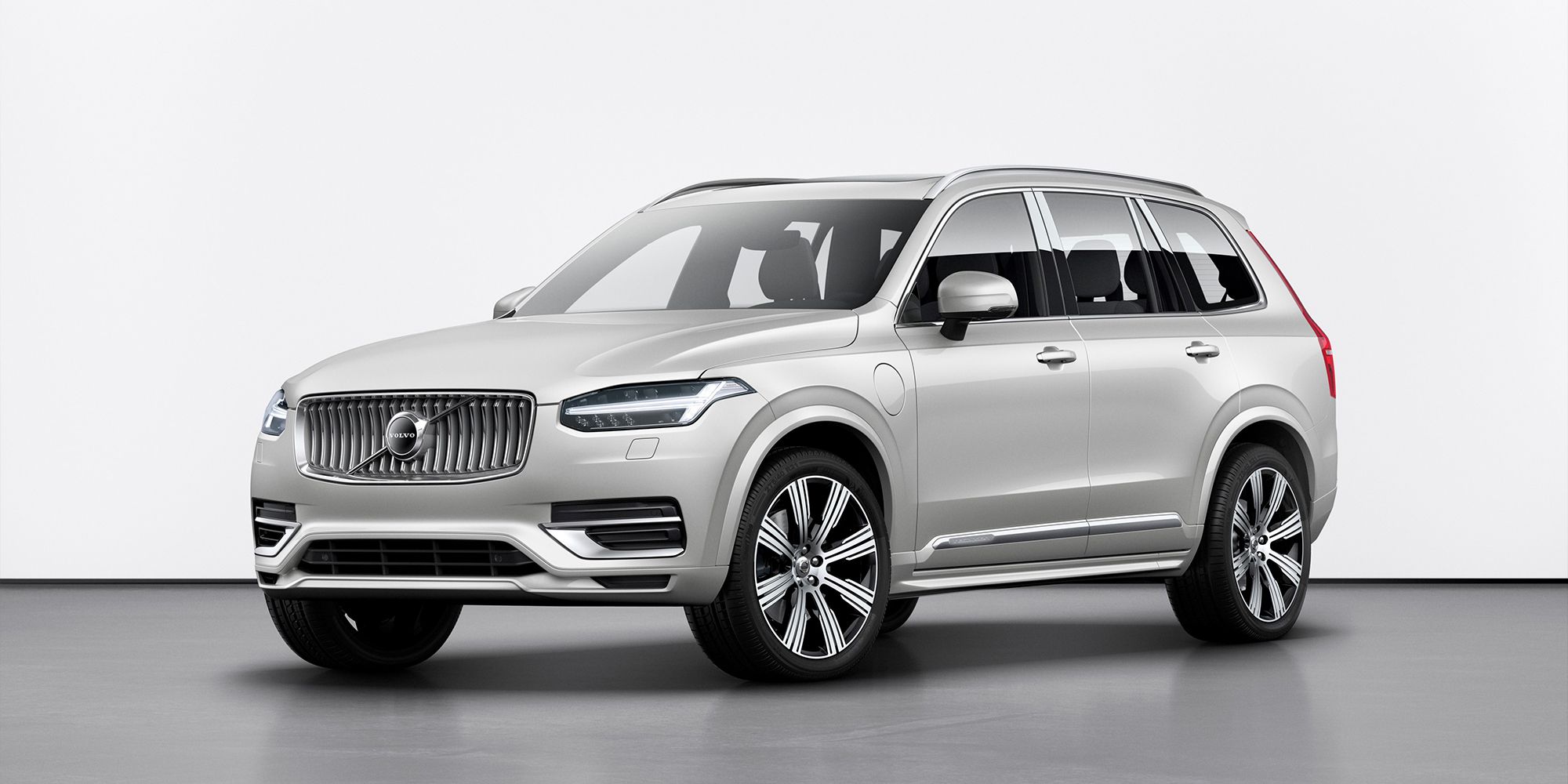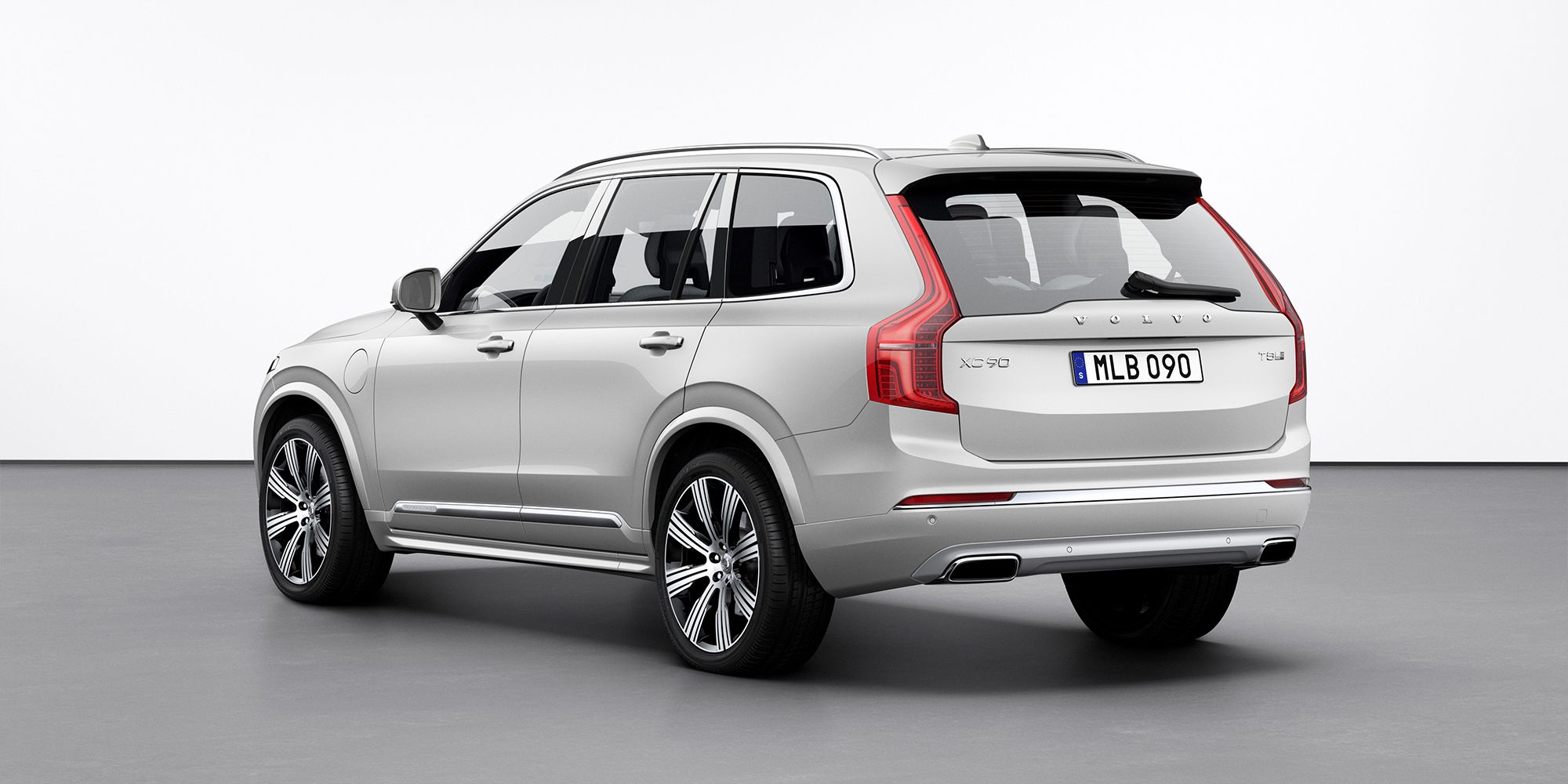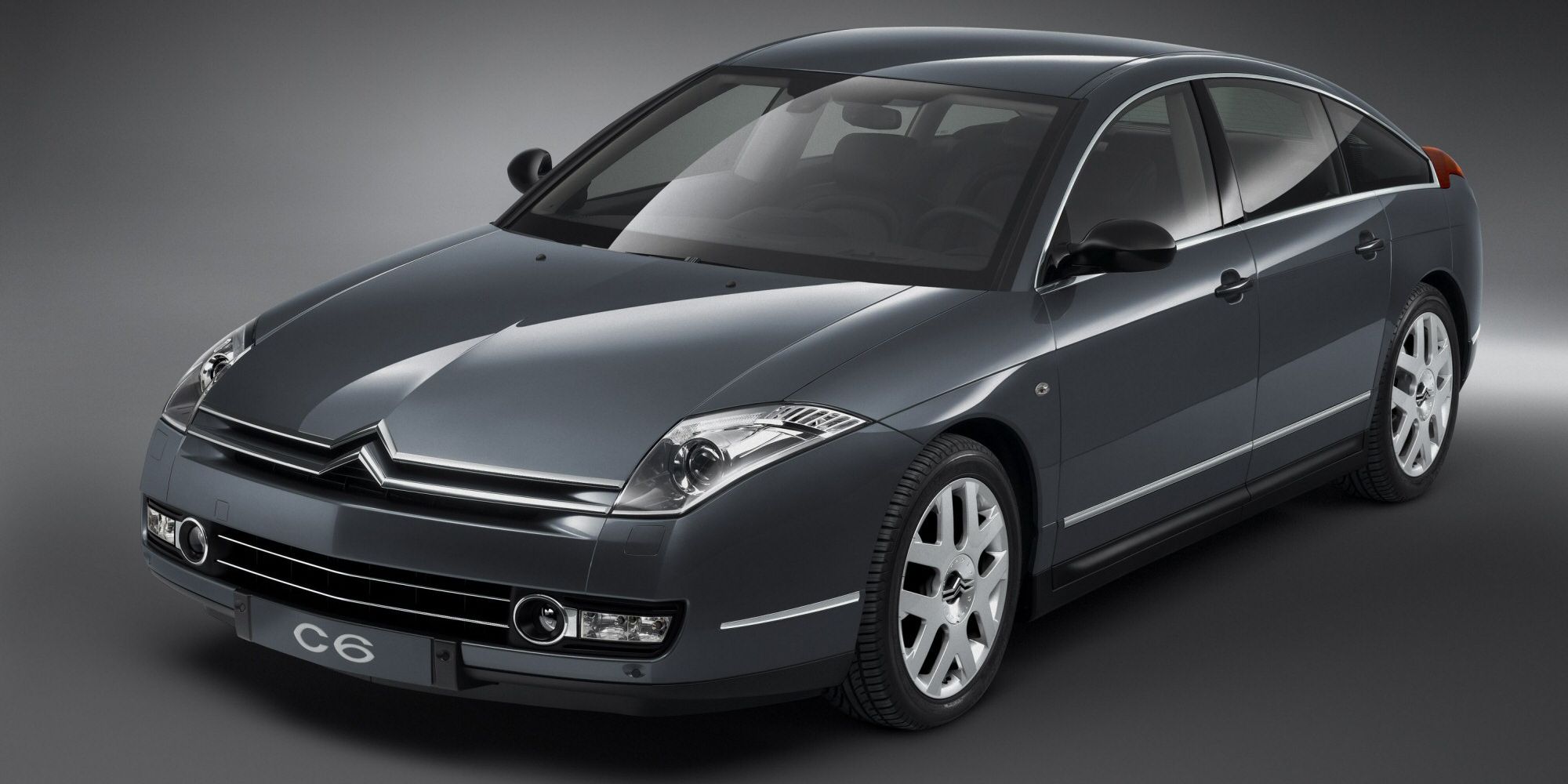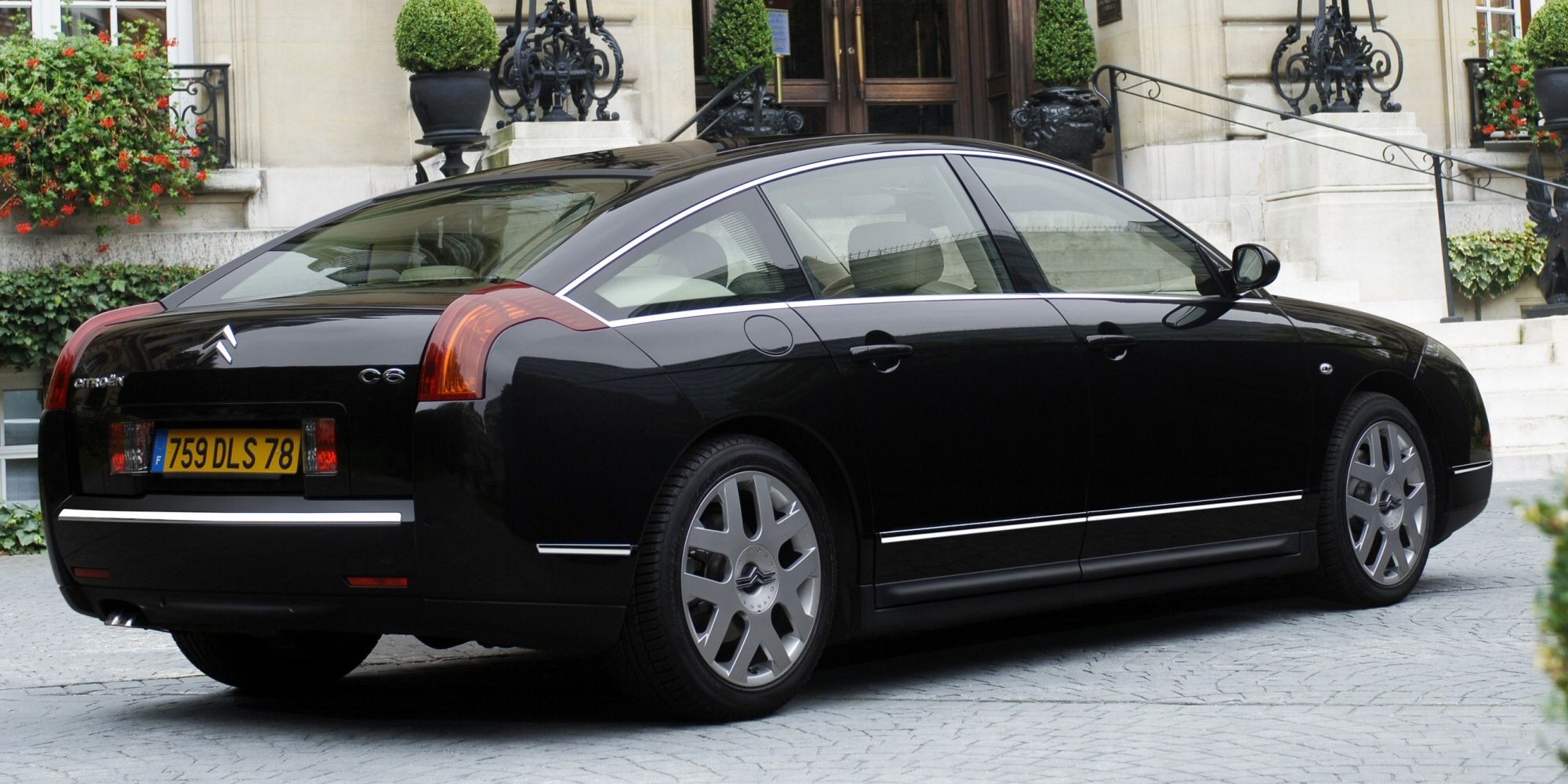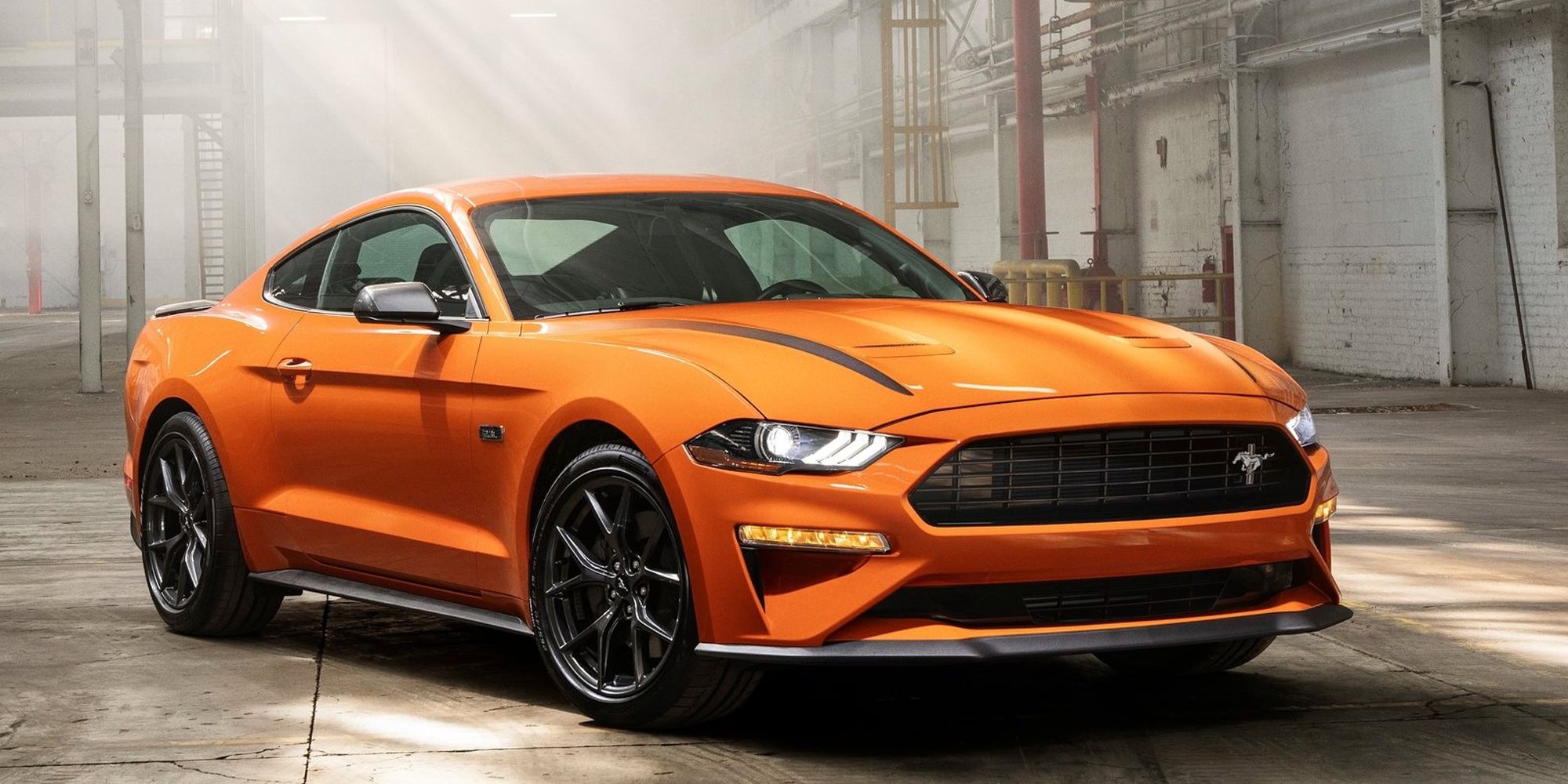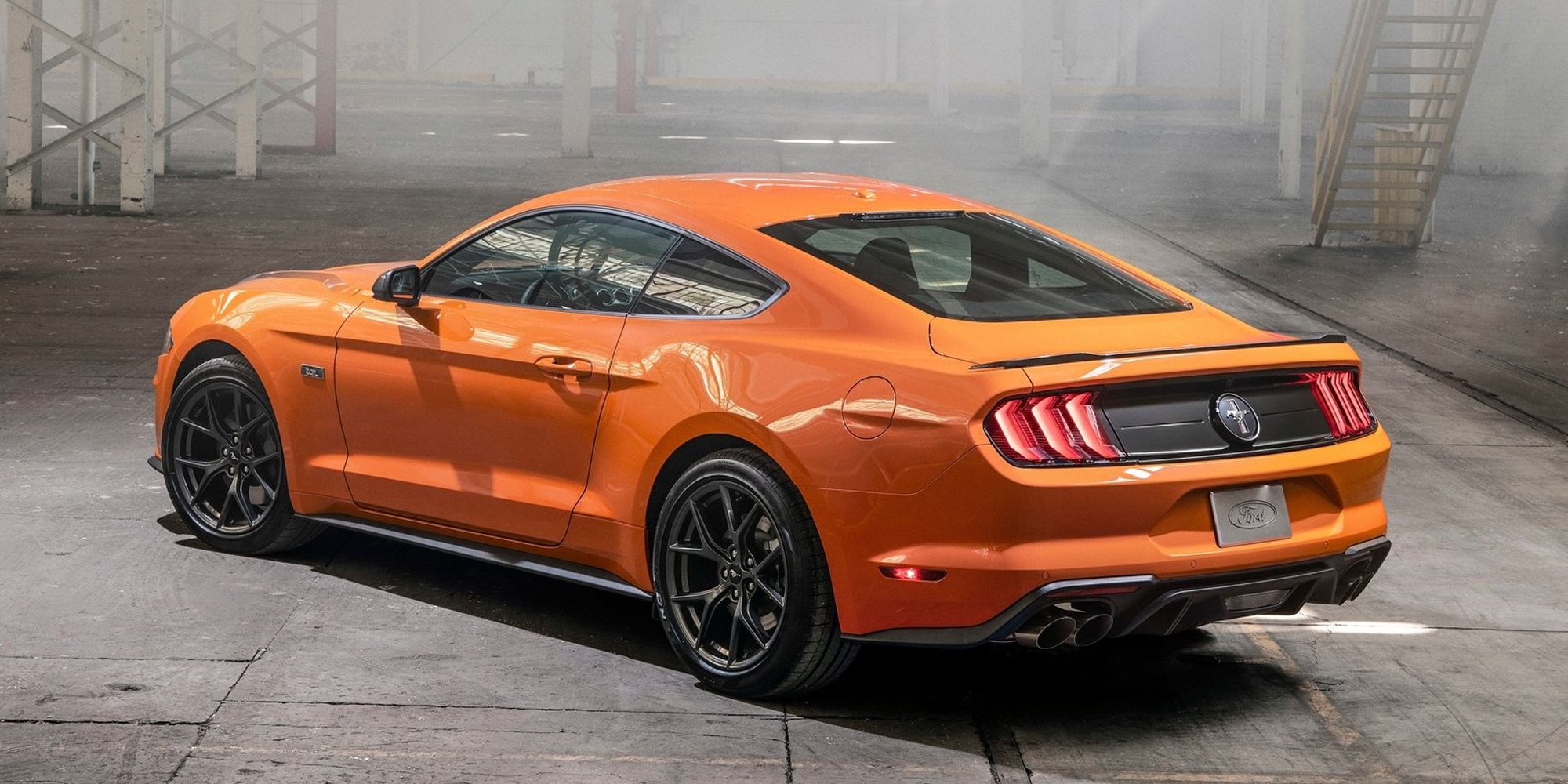As we all know, arguably the most important component in a car is the engine. Whether it runs on gasoline, diesel, or hydrogen, an engine is what makes the car move and is what gives every car its distinctive sound. Over the years, we've seen all kinds of different engine layouts, from the basic inline, to narrow V-angles, and as of recently, 120-degree V6 engines. Arguably the most common type of engine layout used by just about every automaker is the inline four-cylinder.
Four-cylinder engines are mostly reserved for smaller cars, and sometimes bigger cars if they have enough grunt. There are just some cars that perfectly suit a four-cylinder engine that enthusiasts would be proud to own, and some that would be much better suited with something with a higher cylinder count, maybe in a V-angle. However, there has been a fair share of cars that have challenged the norm and used four-cylinder engines, although we're not exactly sure that they were well-suited.
10 Mercedes-Benz ML250
The third generation Mercedes ML, and the last one to be called ML, was introduced in 2011. It was one of the last cars developed when parent company Daimler owned Chrysler, which is why this ML shares its platform and various mechanical components with the Jeep Grand Cherokee and Dodge Durango.
A big SUV like this is normally suited to a V6 or V8 engine of some sort, as well as a V6 diesel. While all of those types of engines did find a home under the hood of the ML, it also received a 2.1-liter four-cylinder diesel in Europe. The engine made 204 hp and 369 lb-ft of torque. Even though it wasn't too bad, most European buyers found themselves opting for the ML350 and its V6 diesel.
9 Jaguar F-Type
After the iconic E-Type of the 60s, everyone was clamoring for Jaguar to put together another two-door, two-seat sports car. That finally happened in 2013, with the introduction of the F-Type. The F-Type has been around since then, receiving various updates and revisions over the years.
Soon after the launch, Jaguar saddled the F-Type with AWD, and even offered a manual transmission at one point. The most interesting change came in 2018, with the introduction of a 2.0-liter Ingenium four-cylinder engine. Even though it was noticeably slower than its V6 and V8 counterparts, it was signficantly lighter at the front end, giving it a unique personality. Whatever the engine is, the F-Type remains a severely underrated sports car.
8 Chevrolet Camaro
The Chevy Camaro is the embodiment of muscle car for a lot of people. Launched in 1967 as Chevy's answer to the Ford Mustang, the Camaro has gone through six generations in that time, with a major revival in the late 2000s.
Much like the current Mustang, for the sixth generation Camaro introduced in 2015, Chevy did something quite interesting; they gave the new Camaro a four-cylinder engine. The EcoTec four banger displaced 2.0 liters and put out 275 hp and 295 lb-ft of torque. Unfortunately, not many people opted for the four-cylinder.
7 Ford Mustang SVO
The gas crisis of the 70s and 80s took a particularly hard swing at the Big Three American automakers. Ford even wanted to replace the Mustang with a FWD coupe that eventually became the Probe, but that wasn't to be. To keep the Mustang flame burning in the wake of the gas crisis, Ford's Special Vehicle Operations team put together the Mustang SVO.
Gone was the 5.0-liter V8 and in its place came a 2.3-liter turbocharged four-pot, originally used in the Pinto and the hateful Mustang II (bar the turbo on the latter two). Retuned suspension geometry, KONI shocks and, for the first time in a Mustang, ventilated disc brakes on all four corners made it an underrated, but surprisingly good sports car.
6 Toyota Land Cruiser Prado / Lexus GX
The Lexus GX has outlasted just about every single one of its competitors in North America. While they went through two or three generations, the GX is still going strong. What you may not know is that, overseas, the Lexus GX is sold as the Toyota Land Cruiser.
In markets where the actual Land Cruiser as available, it's called the Land Cruiser Prado. In the others, it's just the Land Cruiser. While in North America, the GX has a honking 4.6-liter V8, the Land Cruiser Prado is mostly powered by four-cylinder units, including a 2.8-liter diesel.
5 Ford Thunderbird Turbo Coupe
Whenever you hear the name "Ford Thunderbird," it probably evokes some type of big V8-powered luxury coupe. Indeed, that's what the Thunderbird has always been, except for the ninth generation. Spurred on from the surprising success of the Mustang SVO, Ford put the 2.3-liter turbo four in the Thunderbird as well, creating the Thunderbird Turbo Coupe.
Known affectionately among fans as the Turbo Turd, the 2.3-liter turbo four developed 190 hp in the manual-equipped cars, and 150 in the automatic cars. The Turbo Coupes also received intercoolers for 1987, and thanks to the engine, could achieve a top speed of 143 mph.
4 Fisker Karma
This one is slightly cheating, as the Fisker Karma is technically an electric car with a gasoline engine to extend its range. But, the engine that was used in this flop of a luxury sedan was very interesting. The Karma was an electric car with two motors on each axle, that drove the wheels through a limited-slip differential.
Under the hood was a 260 hp turbocharged EcoTec four-cylinder engine from General Motors, that was there solely to send charge to the battery packs. It could have been awesome, but financial woes, fire risks and a terrible use of space meant the Karma flopped after two model years on sale. Hopefully the revamped new Karma Revero will do better.
3 Volvo XC90
Compared to the first generation, the current Volvo XC90 certainly goes about powertrains in a very different way. The original car was one of two Volvo models to ever offer a V8 engine, while the rest of the lineup was mostly five-cylinder gasoline and diesel units.
Not so with the second generation. If you want a new XC90, it's four-cylinder only, with various types of electrification offered. It won't set the world on fire, but thanks to the electric components on most models, it has plenty of shove. Then again, the XC90 is designed to be luxurious, save the excitement for later. It's interesting considering that most of its competitors still offer six-cylinder and V8 power units.
2 Citroën C6
Nowadays, luxury cars are made in Germany, and they use four-cylinder and six-cylinder engines, maybe a V8 if you get lucky. But, 15 years ago, things used to be different. Virtually everyone tried their hand at offering a luxury sedan in the lineup, and that included Citroën.
The C6 was an amazing luxury sedan, and it's a shame that no one really bought it. The C6 used mostly V6 powertrains, including a 2.7-liter diesel and a 3.0-liter gasoline unit. However, a few years into the car's life, Citroën offered a 2.2-liter four-cylinder diesel, which was paired to a 6-speed manual transmission.
1 Ford Mustang EcoBoost
For the first time since the aforementioned SVO, the current generation Ford Mustang debuted with a four-cylinder engine to sit alongside the since-discontinued V6 and the 5.0-liter V8. In the Mustang, it's essentially the same engine that was used in the Focus RS, although slightly detuned.
The 2.3-liter unit develops 310 hp, while the High-Performance Package bumps that up to 330 hp. While the initial reaction to the EcoBoost was lukewarm at best, the unique personality and tunability of the Focus RS-sourced powertrain has made it something of an unsung hero.

